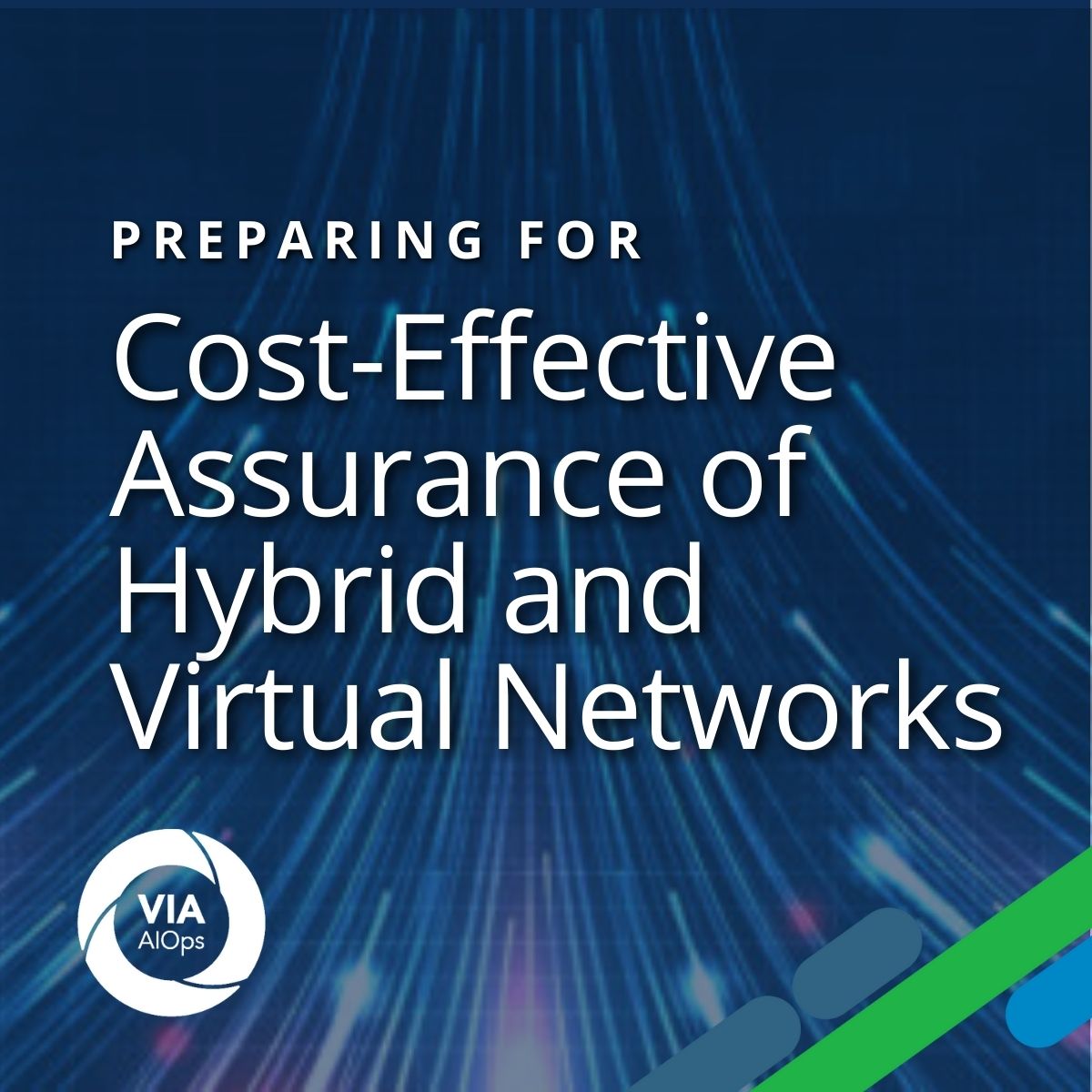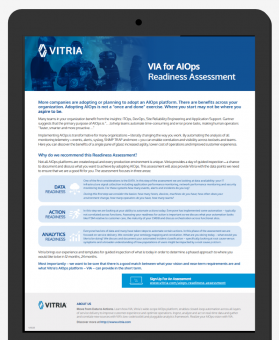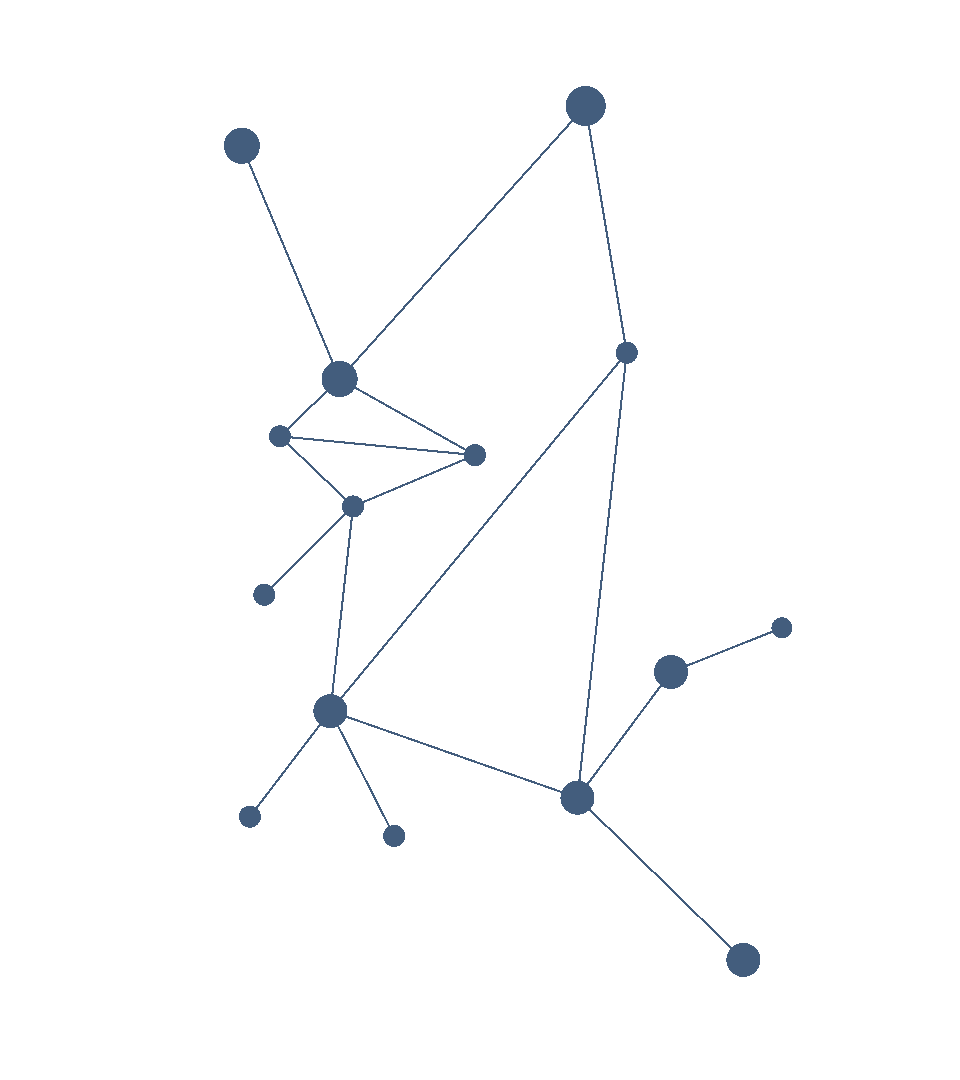Preparing for Cost-Effective Assurance of Hybrid and Virtual Networks

As telcos roll out virtualized core networks and Open RAN technology, investment in assurance has been lagging the spend on new network management capabilities. Faced with the vast complexity of these new networks, telcos increasingly find themselves with two competing assurance needs:
- Existing assurance capabilities lack the sophistication necessary to deal with hybrid, virtualized environments – requiring significant spend on new solutions
- Meawhile, automation and intelligence offers management a cost reduction vision with the ability to reduce headcount in the so-called “dark NOC”. Rough calculations suggest that reducing headcount in a NOC/SOC with 150-200 staff, with a loaded per annum cost of, say, $80,000 would create a $14 million saving each year – a not unattractive amount.
In reality, of course, many of these headcount are being redeployed to work on the new challenges thrown up by 5G – but as the need for experienced staff trends down over time and staff begin to retire – new questions arise. Is it possible to create automated assurance solutions which could both replace headcount while supporting the remaining human operators, even if these operators have less and less knowledge of the network?
The concept of using machine learning to create more useful insight for a non-specialist user is referred to by Gartner as “augmented analytics” and is often discussed in the context of the citizen data scientist who requires data and algorithms to bring back the correct insight for their particular business needs and to make prescriptive recommendations, without the individual having a deep knowledge of either the data or how to develop a suitable algorithm.
Taking this concept of augmented analytics and placing it alongside new automations which deal with more routine issues without human intervention is the route forward for telcos. And has created a rising demand for AIOps which comes from the IT network environment and provides solutions for some of the most immediate requirements of assuring these new networks – particularly creating a coordinated view across the complexity and providing automated root cause analysis.
Examples of challenges which AIOps is resolving today, include:
Provide a complete picture of more complex problems
Surfacing enough information about a network issue for a human to take action has always been difficult. In the past, they might have had to go through a four or five step resolution process: What type of link is down? What types of radio unit is involved? What type of backhaul equipment? What exactly is the nature of the problem with these various bits of equipment? AIOps integrates data from multiple systems and uses ontological capabilities to provide information to the NOC
The identification of “unknown-unknowns”
ORAN brings new complexity with chains of network devices in the RAN: a single cell site router may take out multiple sites if it is partitioned from the network but be unable to signal that there is a problem because it has lost connection. AIOps provides correlation of all information back to the edge of the network to identify the device which is causing the issue. This is an example of machine learning in AIOps which has both learned the topology over time and how individual network elements are related. But, also, ingested subject-matter expertise from human operators to allow it to classify potential faults by matching current patterns and anomalies with those that it has seen in the past. It brings a complete picture of the problem back to the NOC/SOC, with prescribed resolution
The extension of assurance outside of the telco network
The development of 5G networks to include new ecosystem network-providing partners – and indeed, the proposed integration of more diverse network types in 6G – requires assurance capabilities that extend beyond the telco’s core/RAN network. Examples of AIOps solutions to this issue today include the ability to understand that a physical link is down but that it is owned by another party; and then identify the exact link and its routing, the devices that are linked to it and the party or parties that own the link.
Prescription of action to the device
When considering automations for assurance, AIOps can add prescriptive action to a variety of actuators in the network. The first is to send instructions to the network device/function. For example, if a device loses power, a command can be sent to the power distribution unit to turn off and on again, to resolve the problem.
Prescribe of action to downstream systems
Prescriptive action can also be provided to downstream incident management or workforce management systems. For example, the AIOps solution can open a fully curated ticket which provides very specific information about the problem – down to the specifics of which vendor devices are involved and the exact nature of the problem.
In summary, AIOps looks set to provide a vital piece of the “self-healing network” dream – and also allow telcos to reimagine their hiring and training strategy to take value from the long-term trend towards using machine intelligence that augment employees.




0 Comments